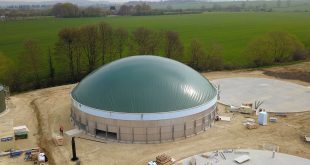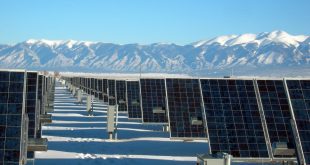What is Geothermal Heating?
Humans have been using geothermal power for heating purposes for centuries. This specific type of energy has been contained within the heat that lies in the core of the earth since the planet was formed. The heat comes from radioactive decay of minerals as well as from solar energy that is absorbed at the earth’s surface. Humans have figured out how to harvest this energy and put it to use in the form of heating. Typically, the heat is harvested near tectonic plate boundaries. In these regions, the ground as well as groundwater display temperatures higher than the target output.
A typical application involves a ground source heat pump underneath or near a home, that extracts the earth’s natural energy and transforms it into usable heating output.
What are the benefits?
The chief benefit of using this type of heating system is energy conservation. In times when “going green” is the order of the day, this benefit is not to be taken lightly. Geothermal heating systems use up to 25% to 50% less electricity than conventional heating or cooling systems. Basically, this means that a geothermal heat pump uses one unit of electricity to extract three units of heat from the earth.
This natural form of heating can also help improve humidity control by maintaining about 50% relative indoor humidity, making geothermal heat pumps very helpful in humid climates.
Because these systems have no outdoor condensing units, like air conditioners have, you don’t have to worry about a noisy apparatus outside your home.
How Does it Work?
To understand how this type of heating system works, it’s important to understand its parts. A regular heat pump has an outdoor unit called condenser and an indoor unit that’s called an evaporator coil. A material called a refrigerant transports the heat from one area to another. When compressed, it is a high temperature, high-pressure liquid. If it is allowed to expand, it transforms into a low temperature, low pressure gas. The gas then absorbs heat.
In the winter a regular heat pump system extracts heat from outdoor air and transfers it inside where it is circulated through your home’s ductwork by a fan.
Geothermal heat pumps are built on the same basic premise as regular heat pumps. The difference is that the geothermal type draws heat from the earth instead of from outdoor air. The heat from the earth is considered to be stable and even. In addition to providing heating for your home, this type of energy can also provide air conditioning and in most cases, hot water.
These heat pumps move heat from the earth into your house in the winter, and pull the heat from your home in the summer and move it into the ground by using a series of pipes. This series of pipes is called a “loop.” The loop is installed under the surface of the ground. Fluid travels through the loop, collecting heat from the ground (in the winter) and carries it to the house. There, an electrically driven compressor and a heat exchanger condense the Earth’s heat and discharge it inside the house at a higher temperature. Ductwork then disperses the heat to different rooms.
With air conditioning, the technique is reversed. The underground loop draws out surplus heat from the house and allows it to be absorbed by the Earth where it is then stored. The system cools your home in the same way that a refrigerator keeps your food cold – by pulling heat from the inside, not by blowing in cold air.
 Alternative Energy HQ solar power for homes, wind energy, and bio fuel issues
Alternative Energy HQ solar power for homes, wind energy, and bio fuel issues








